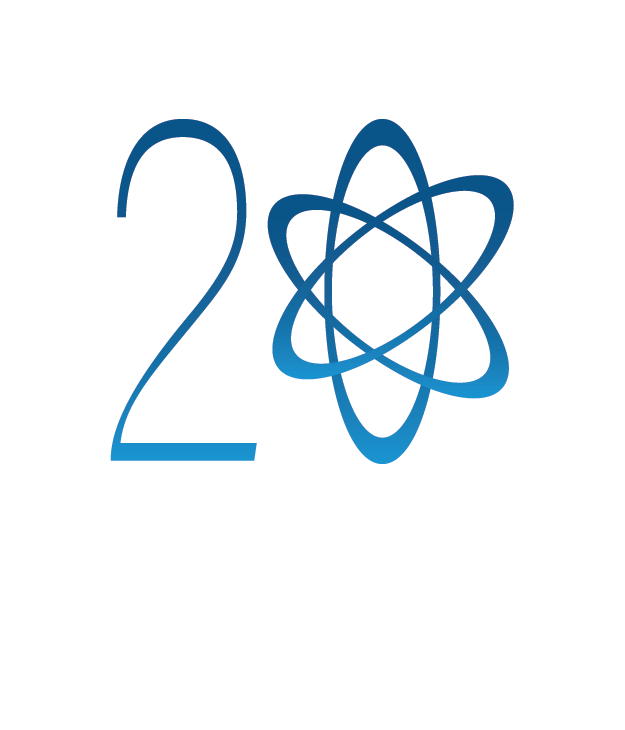
We Put Science to Work.
We protect our environment, secure our clean energy future, serve our national defense and reduce emerging nuclear threats.
Discover Our Research
Featured Capabilities
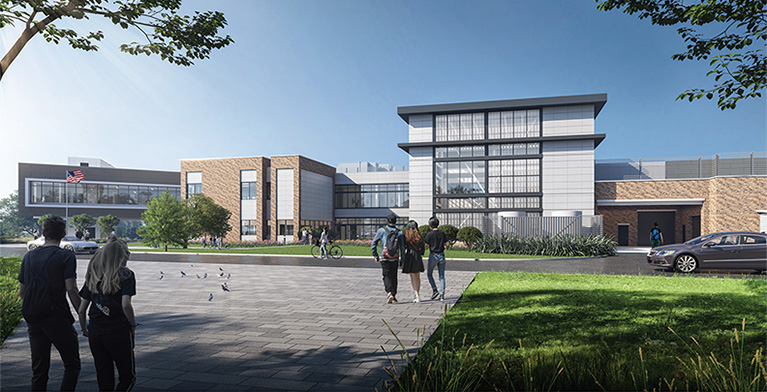
Advanced Manufacturing Collaborative
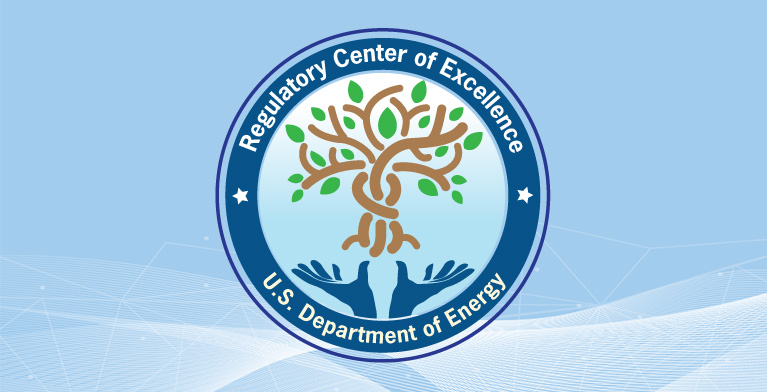
Regulatory Center of Excellence
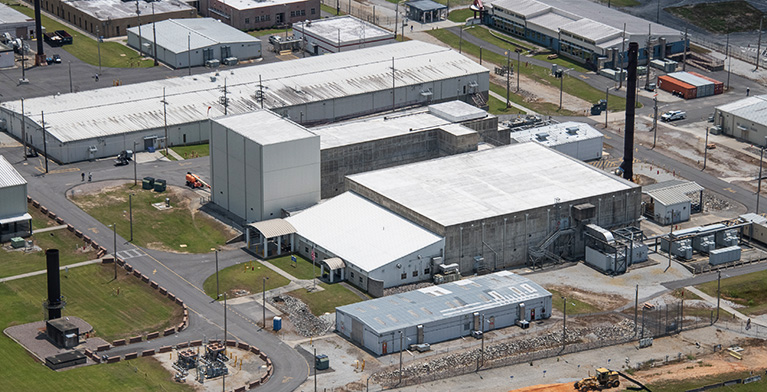
Tritium Focus Group
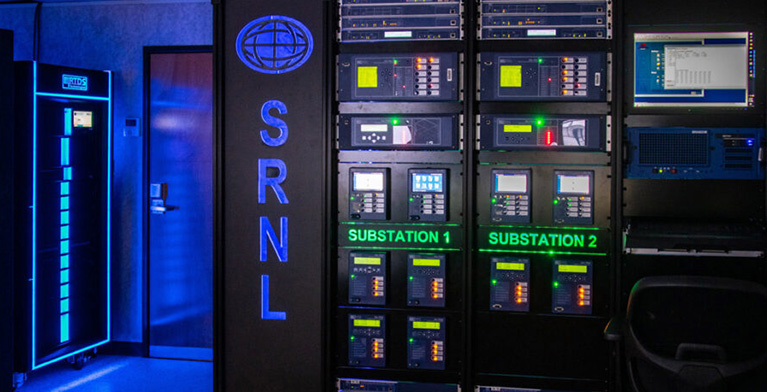
Advanced Technology Proving Ground
Available Technologies and Licensing
We welcome opportunities to bring new technologies to the marketplace by closely working with industry, universities, or state and local government agencies.
Join the Team
Join our team and make a positive impact.
Do Business with Us
Together we can put science to work.

Community Involvement
Integrity, Teamwork, Innovation and Service are core values of SRNL, and we work diligently to translate our research and development applications to create lasting societal and economic impacts. Simply stated, We Put Science to Work to serve our nation and engage with our communities to foster a strong, resilient and informed society. Through excellence in community service, we lead by an example of service to our communities where we work, play and raise our families